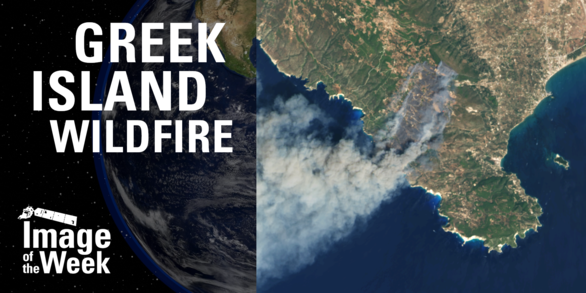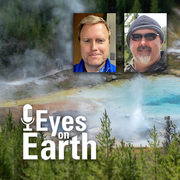Landsat Science Products
Unveiling change through the power of Landsat science
Earth Observation Case Studies
Urban Change, Machine Learning, Agriculture, User Profiles and More!
National Land Imaging Program
Our Nation’s economic security and environmental vitality rely on continuous monitoring of the Earth’s continents, islands, and coastal regions.
The USGS National Land Imaging (NLI) Program makes it possible to record, study, and understand how the surface of the Earth is changing at local, regional, national and global scales.
More to Explore
Follow these links to learn more about our remote sensing research partnerships, how to access and download data, and find our image collections, news articles, and more.






